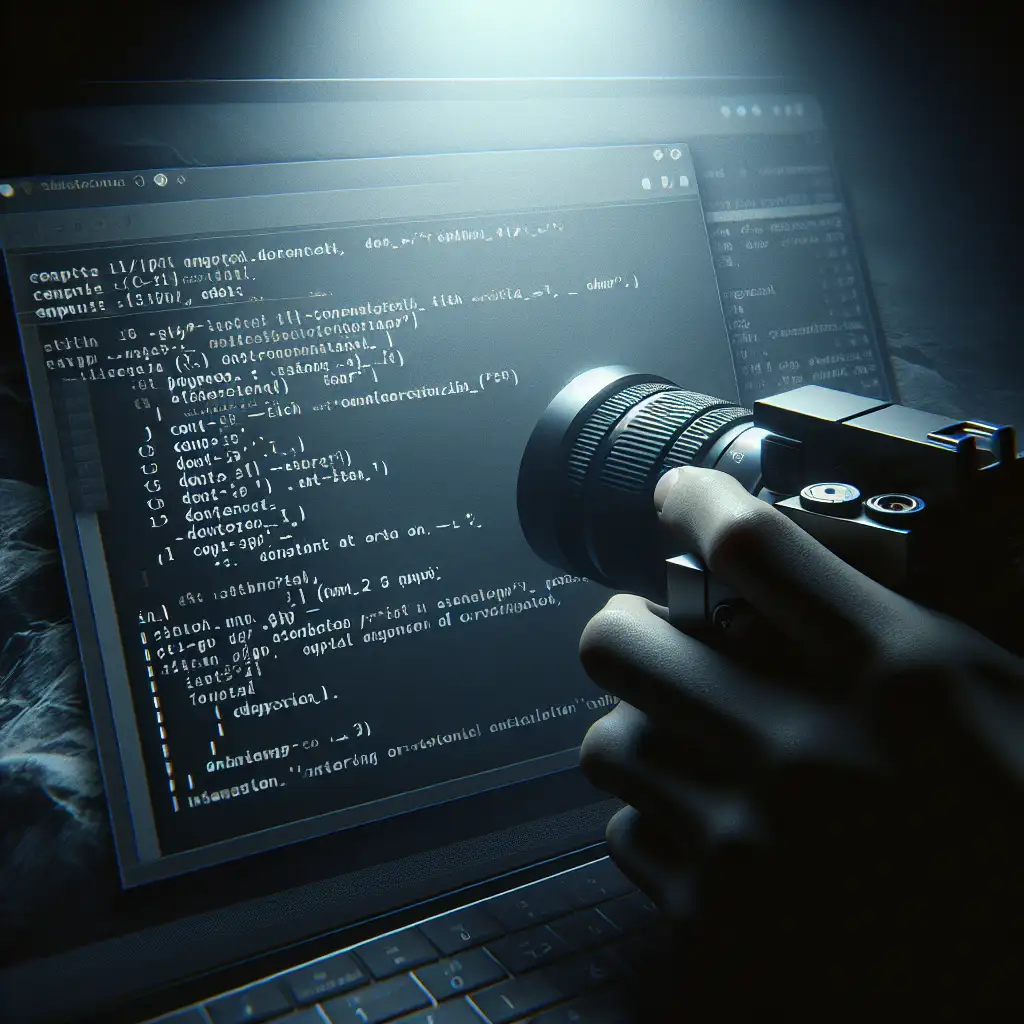Mastering .deb Package Installation in Linux: Beyond Basic Commands
Forget the GUI—discover how mastering the command line for .deb installations gives you power and precision that GUI tools can't match, ensuring your Linux system runs exactly how you want it.
Managing software on Linux can sometimes feel overwhelming, especially when you’re dealing with .deb packages — the backbone of Debian-based distributions like Ubuntu, Mint, and more. While graphical installers offer simplicity, they don’t always give you the control or insight to troubleshoot, customize, or handle dependencies efficiently.
In this post, we’re diving deep into .deb package installation using the command line. By the time you finish reading, you'll be comfortable working beyond basic commands. You’ll understand how to unlock advanced options for hands-on package management that keeps your system stable and flexible.
Why Master .deb Package Installation?
.deb files are essentially archives containing binaries and metadata for software applications designed for Debian-based systems. While GUI apps like Ubuntu Software handle these for you, understanding how to manually install .deb packages is critical when:
- You want to install software not available in official repositories.
- You need precise control over dependency management.
- You want to troubleshoot installation errors.
- Your graphical tools are unavailable or malfunctioning.
Basic Installation Recap: dpkg -i
The most common command you’ll encounter is:
sudo dpkg -i package-name.deb
dpkgdirectly installs.debfiles.- The
-iflag stands for “install.”
Example:
sudo dpkg -i google-chrome-stable_current_amd64.deb
Note: dpkg does not resolve dependencies automatically. This means if your package requires other libraries, dpkg will throw errors without fixing them.
Handling Dependencies with apt-get
When installing via dpkg, you often see dependency errors:
dpkg: error processing package ... dependency problems - leaving unconfigured
To fix this, after running dpkg -i, run:
sudo apt-get install -f
This command tells APT (Advanced Package Tool) to fix broken dependencies by fetching and installing missing packages from repositories.
Optimized workflow:
sudo dpkg -i package-name.deb
sudo apt-get install -f
Using apt Directly for .deb Files (Debian 9+ / Ubuntu 19.10+)
Recent versions of APT support installing local .deb files and resolving dependencies simultaneously:
sudo apt install ./package-name.deb
Why is this better?
- It checks both local file and repository dependencies.
- Reduces steps—no need to run
apt-get install -f.
Example:
sudo apt install ./vlc.deb
Make sure to use ./ or an absolute path so APT knows it’s a local file.
Inspecting .deb Packages Before Installing
Sometimes, it helps to inspect what's inside before committing:
List content files
dpkg-deb --contents package-name.deb
This shows all files that will be installed.
View Package Metadata
dpkg-deb --info package-name.deb
Look here for version info, maintainer data, architecture, dependencies declared by the package.
Removing Installed Packages
To uninstall software installed via .deb, use:
sudo apt remove package-name
or for complete removal including config files:
sudo apt purge package-name
If you’re unsure about the exact package name:
dpkg -l | grep part-of-package-name
Troubleshooting Common Issues
1. Broken Dependencies After Installing a .deb File
Symptom: Package installs but app fails or system warns about broken dependencies.
Solution:
Run:
sudo apt-get install -f
to fix and complete installation by fetching required dependencies.
2. Package Conflicts / Version Mismatches
A previously installed version may conflict with the new one.
Check installed versions with:
dpkg -l | grep package-name
Remove or downgrade as needed before fresh installs.
3. Architecture Mismatch Errors
Verify your system’s architecture with:
dpkg --print-architecture
Make sure the .deb matches (amd64, arm64, etc.).
Bonus Tips: Advanced Tools & Tips
Using gdebi: Lightweight Dependency Resolver for .deb Files
If you prefer a simpler way than manual fixes:
sudo apt install gdebi-core # For CLI version; replace with 'gdebi' for gui version if available.
sudo gdebi package-name.deb # Will install and resolve deps automatically.
Great alternative if your distro has it pre-installed or easily added.
Extract Files Without Installing
You might want to get files from a .deb without touching your system:
dpkg-deb -x package-name.deb ./extracted-folder/
Manual inspection or to copy single binaries without full install!
Summary Checklist For Mastery
| Step | Command/Action |
|---|---|
Install .deb ignoring deps | sudo dpkg -i package.deb |
| Fix missing dependencies | sudo apt-get install -f |
Install .deb with automatic deps | sudo apt install ./package.deb |
List contents of a .deb | dpkg-deb --contents package.deb |
Show info about a .deb | dpkg-deb --info package.deb |
| Remove installed package | sudo apt remove packagename or purge |
| Lightweight alternative installer | Use gdebi |
Final Thoughts
Mastering .deb installation from the command line means more than just typing commands — it means taking control over your Linux environment, avoiding reliance on GUIs that sometimes obscure complexities and troubleshooting data.
Whether you're installing official software outside repositories, testing deb packages from developers, or maintaining servers without graphical environments—these tools and practices put power in your hands.
Next time someone tells you "Just use Software Center," impress them by seamlessly handling any .deb, resolving dependencies in one go, and debugging tricky installs like a seasoned pro!
Happy coding & Linux mastering! 🚀
If this post helped you master .debs, feel free to share it with fellow Linux users!
Have questions or want me to cover other packaging systems? Drop them in comments below!
